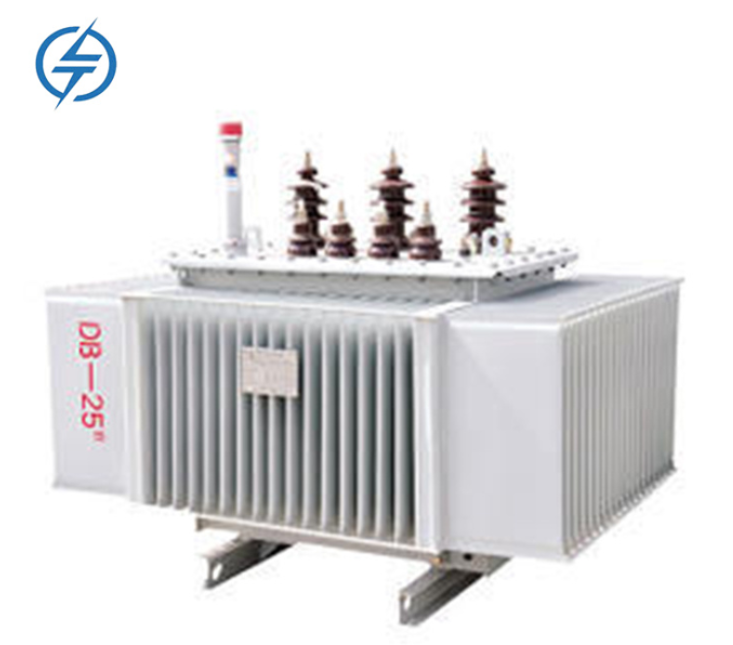Energy efficiency in distribution transformers is a crucial aspect of power distribution systems, as transformers play a pivotal role in stepping up or stepping down voltage levels for efficient transmission and usage. Enhancing the energy efficiency of these transformers not only reduces energy losses but also contributes to overall grid stability, lowers greenhouse gas emissions, and results in cost savings for both utilities and consumers. Here are some key factors and technologies that contribute to improving energy efficiency in distribution transformers:
Core Material: Use high-quality core materials, such as cold-rolled grain-oriented (CRGO) steel.
Transformer Design: Optimize core and coil configurations, fewer turns and larger conductors for windings.
Insulation and Cooling Systems: Efficient cooling systems, advanced insulation materials.
Low Loss Conductors: Using aluminum or copper conductors with improved conductivity and better insulation materials in the winding reduces resistive losses.
Amorphous Core Transformers: Amorphous metal cores, made from metals like iron, cobalt, and nickel, exhibit extremely low core losses compared to conventional CRGO steel.
Tighter Tolerance on Voltage Regulation: Maintaining a closer tolerance on voltage regulation ensures that the transformer operates within its optimal efficiency range, minimizing energy waste.
Smart Monitoring and Control Systems: Incorporating sensors and IoT-based monitoring systems allows for real-time tracking of transformer performance, including temperature, load conditions, and energy losses.
Standards and Ratings: Compliance with international efficiency standards, such as the IEC 60076 series or the U.S. Department of Energy’s (DOE) efficiency standards, ensures transformers meet minimum efficiency requirements. Higher efficiency classes like IE3 and IE4 encourage the adoption of more efficient technologies.
Distribution Transformer Sizing: Correctly sizing transformers to match the expected load helps avoid overdesigning, which can lead to unnecessary losses during periods of low load.
Harmonic Mitigation: Incorporating harmonic filters or using K-rated transformers designed to handle non-linear loads can minimize harmonic distortion, reducing additional losses caused by harmonics. 
By implementing these strategies, utilities and manufacturers can significantly enhance the energy efficiency of distribution transformers, contributing to a more sustainable and cost-effective power distribution network.